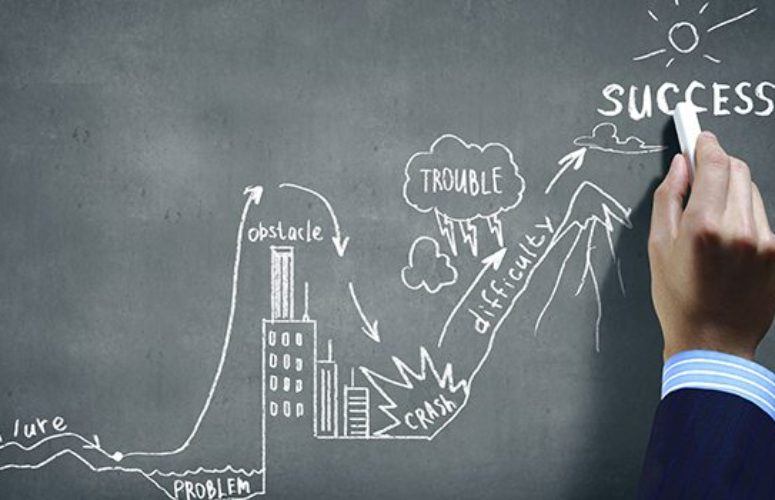
3 Levers for Maximizing the Value of Your Business
Know the real worth factors before selling your company.
By Andrew Frazier On Feb 15, 2019Many times, entrepreneurs and small business owners significantly overestimate how much their company is worth. For instance, a doctor seeking to retire early due to age and health issues expected the value of his business to be around $1 million. It’s real valuation was less than $100,000.
A small business owner must maximize the value of his or her company. Understand that the value of a small business is based on: whatever someone is willing to pay; a comparison of value with similar businesses; and the present value of future cash flows.
It is also important to understand that there is a value range – not one fixed amount.
The job of the small business owner is to maximize the value of the company. This goal must be front and center as part of the strategy and decision-making process from the beginning. Focusing on improving the following three levers will significantly increase the value of your business:
Growth (multiple areas)
- Knowledge, Sales, Profits, Margins, Assets, Employees, Capacity, Capital, Industry, Products/Services, Customers, Market Size, etc.
- Trends in these areas significantly impact the value of a business
Profits & Cash Flow (not revenues)
- Businesses are valued based on projected Return on Investment (ROI)
- Income must be reported in financial statements and tax returns, since being bankable and financeable is critical to value
Risk (mitigation)
- Consistency of sales, diversity of customers, and recurring revenues
- Value proposition, market size, and positioning within the competitive landscape
- Implementation of processes that are proven to drive consistency and results
- Developing brand, trust and key relationships with various stakeholders
- Ability to run successfully independently of owners and/or a key employee
Let’s look back at the doctor considering the above. Since he’s the only doctor in the practice – and business had been declining because he was working less (negative growth trends, low profitability, and significant business risk) – the only things of real value were the customer list (how many customers will actually stay once the doctor leaves?), used equipment, and a lease. Without him, the business had minimal value. Eventually, he was able to sell for a little over $100,000, but he had to stay on and work part-time for an additional three years … it’s not the retirement he planned.
About the Author: Andrew Frazier, MBA CFA is the Business Pro @ Business Like A Pro and author of the book “Running Your Small Business Like a Pro: The More You Know The Faster You Grow.”
To access more business news, visit NJB News Now.
Related Articles:





